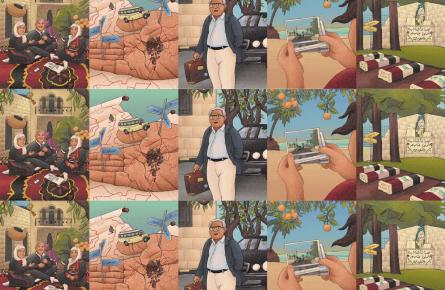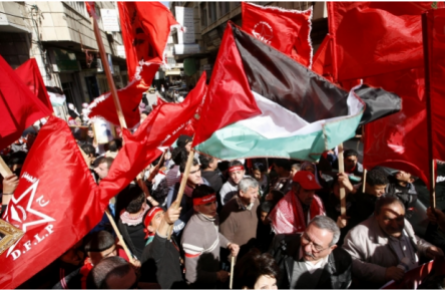A Euro-Med Monitor for Human Rights report reveals the dire situation people in Gaza face following repeated Israeli assaults, which led to the deterioration of essential infrastructure, public health, and economic well-being.
More than two years after Israel’s 2014 assault on Gaza that killed over 2,000 Palestinians, the situation in the besieged territory remains desperate, according to a report by the Euro-Med Monitor for Human Rights. Israel’s three destructive assaults since 2008 and decade-long blockade have caused profound damage to Gaza’s economic well-being, health sector and already-fragile infrastructure. Despite repeated pledges by the international community, the report reveals that there remain insufficient funds and support for reconstruction and for essential services provided by UNRWA, the UN agency tasked with assisting Palestinian refugees.
At its peak, Israel’s 2014 assault on the densely populated Gaza Strip led to the displacement of nearly half a million people, according to the report. It also completely or partially destroyed 18,000 homes, which require construction materials that are not available due to the blockade. Although donor countries pledged $3.5 billion in construction aid during the October 2014 Gaza Reconstruction Conference, only 46% of pledged funds were disbursed in the ensuing two years. At the same time, barely a third of the cement required for reconstruction has entered Gaza. As a result, reconstruction is complete on only 2,167 homes, and of the 3,002 currently under construction, only around 1,800 have sufficient funding to be completed.
The report also highlights the economic woes caused by the siege and the inability to rebuild infrastructure after repeated Israeli offensives. By the end of 2016, the unemployment rate had reached 43.2%. The poverty rate hovers around 65% and food insecurity at over 70%. Currently, four out of five Palestinians in the Gaza Strip rely on aid from UNRWA and other international organizations. Israel’s deliberate targeting of factories during the 2014 assault, which partially or completely destroyed some 5,153 industrial or manufacturing facilities, has contributed significantly to the stagnation that has left many people vulnerable. Similarly, restrictions on exports and severe limits on fishing, which is a major contribution to Gaza’s economic basket, have further impaired the ability of people to make a living.
Health and social services have been similarly crippled and show no sign of improvement. By the end of 2016, more than a third of essential medicines were out of stock at Gaza’s Central Drug Store. Furthermore, the report states that 300 medical devices are in need of repair and require replacement parts that have been prevented from entering Gaza due to the blockade. Fuel needed to run the 87 generators that Gaza’s hospitals require is also in short supply. For the thousands of Palestinians per year who require treatment abroad, permission to travel is becoming harder to acquire. Only 50% of medical permits requested in 2016 were approved, which the report notes is a substantial drop from 2012 when 92.5% of requests received approval.
Indeed, all movement has become more restricted since the most recent assault. In 2016, just under half of all applications to cross at Erez were granted, whereas 80% were approved in 2013. Such restrictions have also increased for aid workers and businesspeople. In October of 2016, some 52% of permits requested by UN workers in Gaza were rejected, up from only 3% in January 2016. Also, Israel has cancelled 80% of the travel permits it had issued to Palestinian businesspeople from Gaza.
Overall, the cost of this isolation is high for people living in the besieged area. One in four children requires psychological support due to their experiences with trauma, loss, and injury. Cancer rates are up but people are unable to receive treatment at home and are prevented from traveling abroad. An ongoing energy crisis has resulted in blackouts lasting 16-22 hours every 24-hour cycle, and 95% of Gaza’s water is undrinkable. Without changes to the status quo by 2020, the damage to Gaza’s water infrastructure will be irreparable.
The Euro-Med Monitor report concludes by calling for the international community to alleviate the dire situation of Gaza. Specifically, it calls for immediately lifting the blockade, opening the Rafah border crossing with Egypt, holding Israel accountable for its violations of human rights, and constructing a seaport that would allow free movement of goods and people into and out of the territory.
Since 2014, Gaza has receded from the eyes of the world as other crises across the region have worsened. But military de-escalation has not been accompanied by the structural changes that Gaza needs. Until real action is taken to end Israel’s blockade, as the Euro-Med Monitor report demonstrates, the challenges facing the Gaza Strip will only get more severe.




